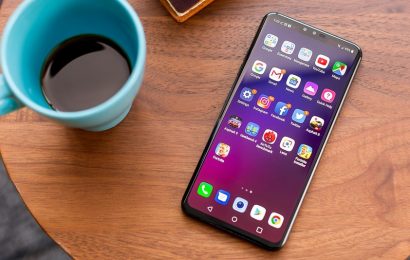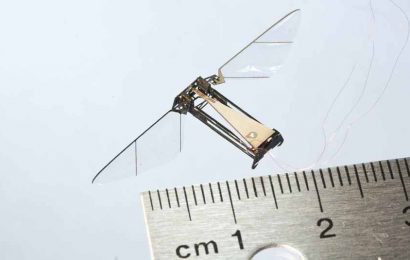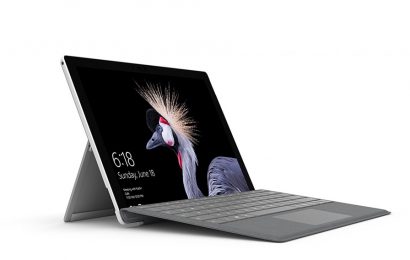Qualcomm’s solution of ultrasonic fingerprint sensor goes through aluminum and glass, making it revolutionary
Several challenges have arisen in the attempt to make bezels smaller and develop more sleek phone designs, while also keeping their security at the highest possible level. This is one reason why finding a good place for a fingerprint sensor has become more difficult.
However, fingerprint sensors are a must in users’ opinion, which is why not including them in the design is not an option. Among Apple and Samsung, these sensors have become features that are used by consumers on a daily basis. Qualcomm is a newcomer in this technology, with their first generation of ultrasonic Sense ID fingerprint sensors being shipped from the first time last year.
Even though there are also other methods of biometric authentication such as iris and facial recognition, fingerprint is still the fastest, easiest and most commonly used by consumers. This has made the engineering challenges even greater than they would have been in the past. To meet these challenges, companies have tried and moved the sensor on the back of the phone, or developed in-display fingerprint sensing capability. Other have also tried to work behind glass, or other materialson top of the sensor.
Qualcomm’s solution that currently ships in the LeEco LeMax and the Xiaomi Mi 5s uses the first generation of ultrasonic fingerprint technology that can go through aluminum or glass.
At the same time, Qualcomm is announcing a new generation of the technology at MWC Shanghai, where they are going to introduce their second generation of sensors. These will bring the possibility to not only work under metal and glass like the previous generation did, but also under the display. This new generation addresses the biggest engineering challenge of today’s smartphones.
Qualcomm’s second generation of sensors are able to sense fingerprints through OLED displays up to 1200 μm. Furthermore, it can operate through metal and glass surfaces combined with a glass thickness of up to 800 μm and an aluminum thickness of up to 650 μm.
Each one of Qualcomm’s solutions solves a slightly different design and engineering issue. This means that the materials and combinations among them require a different sensor, and most likely a different price.



